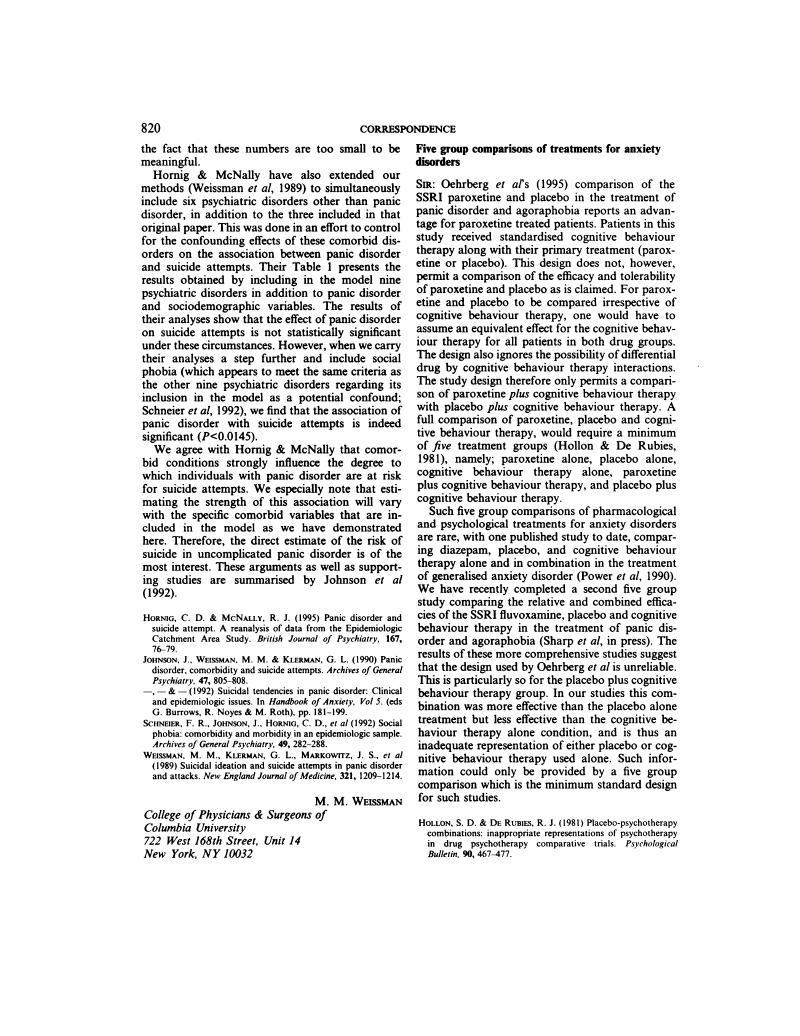Crossref Citations
This article has been cited by the following publications. This list is generated based on data provided by Crossref.
van den Burg, Willem
1998.
De (in)effectiviteit van psychofarmaca.
Dth,
Vol. 18,
Issue. 1,
p.
1.




eLetters
No eLetters have been published for this article.